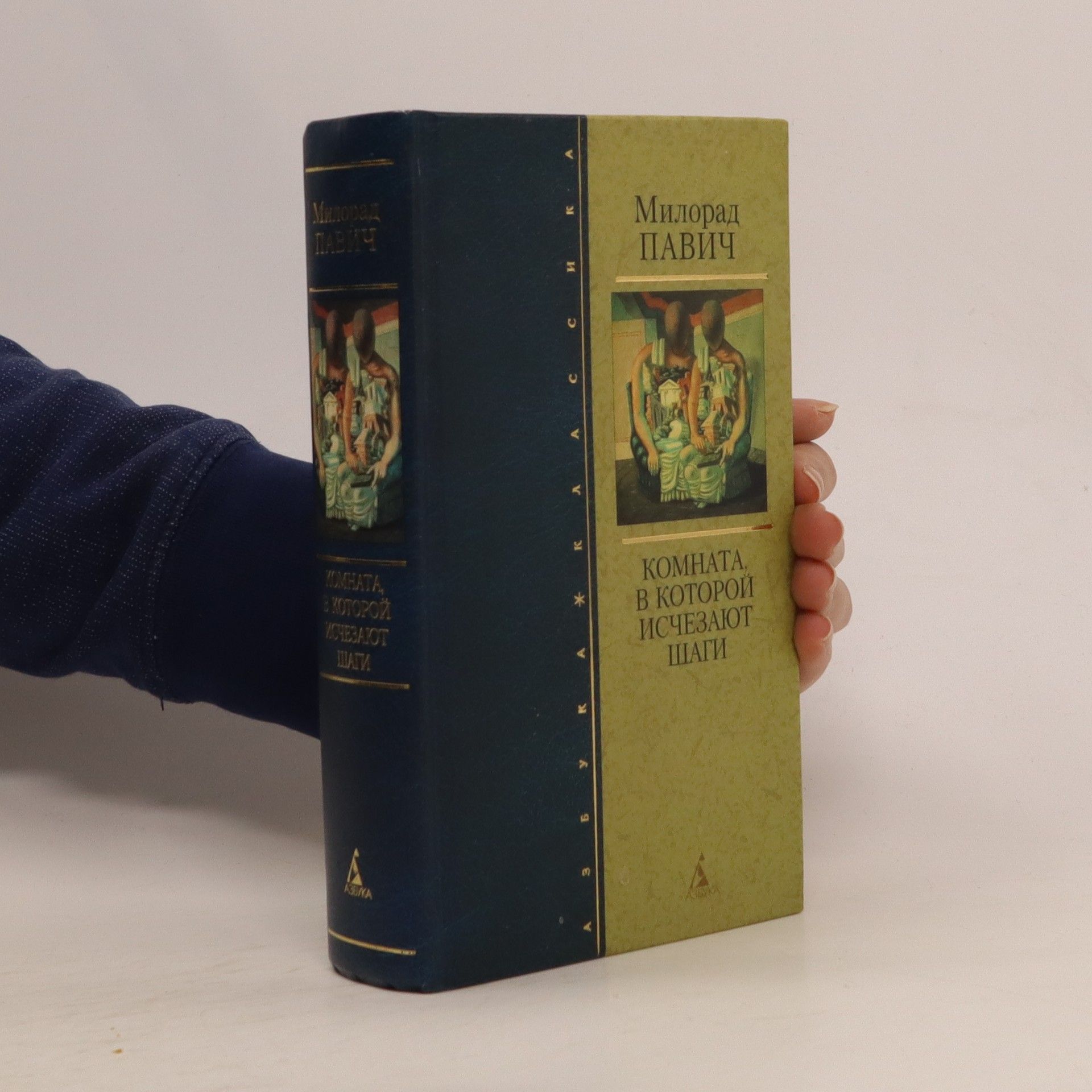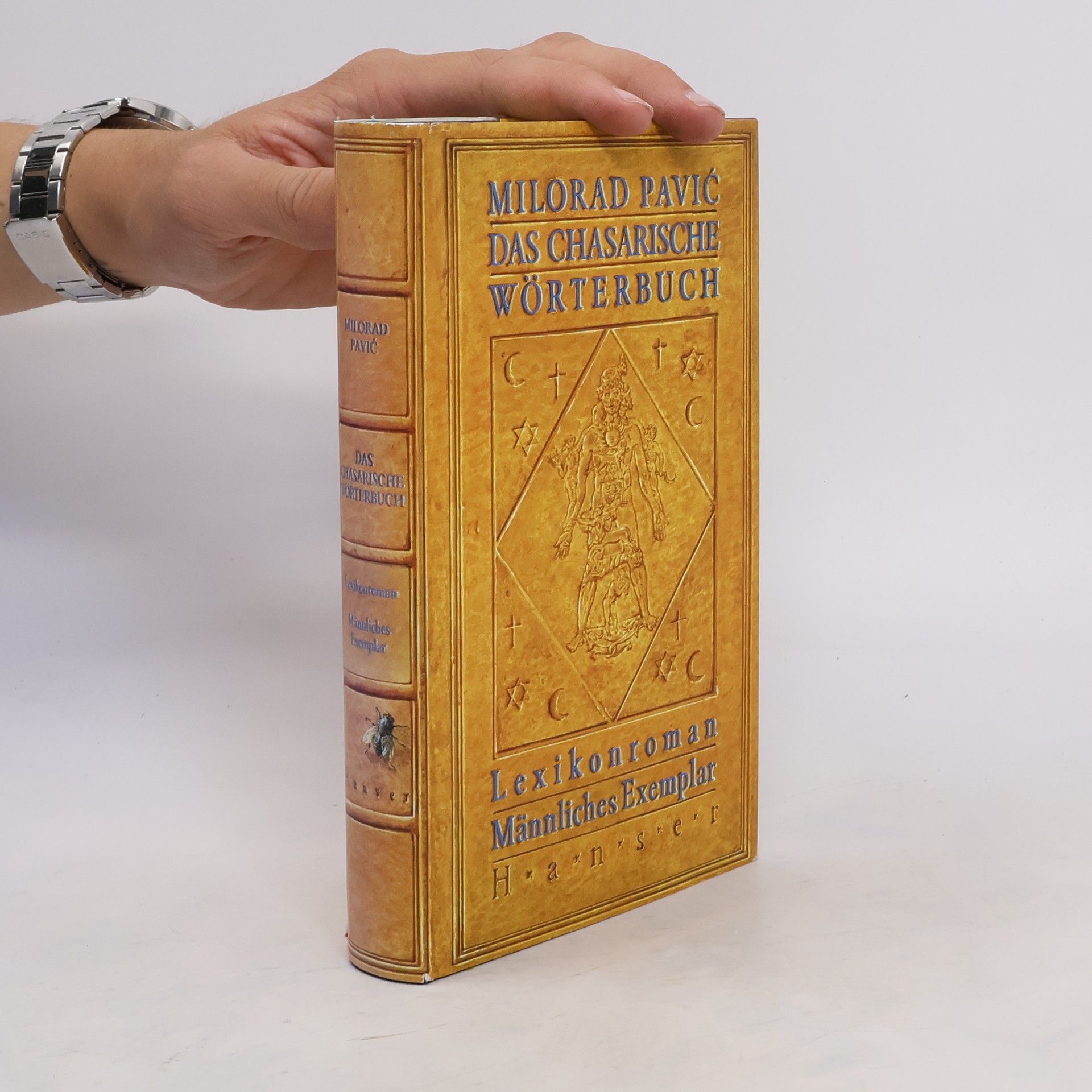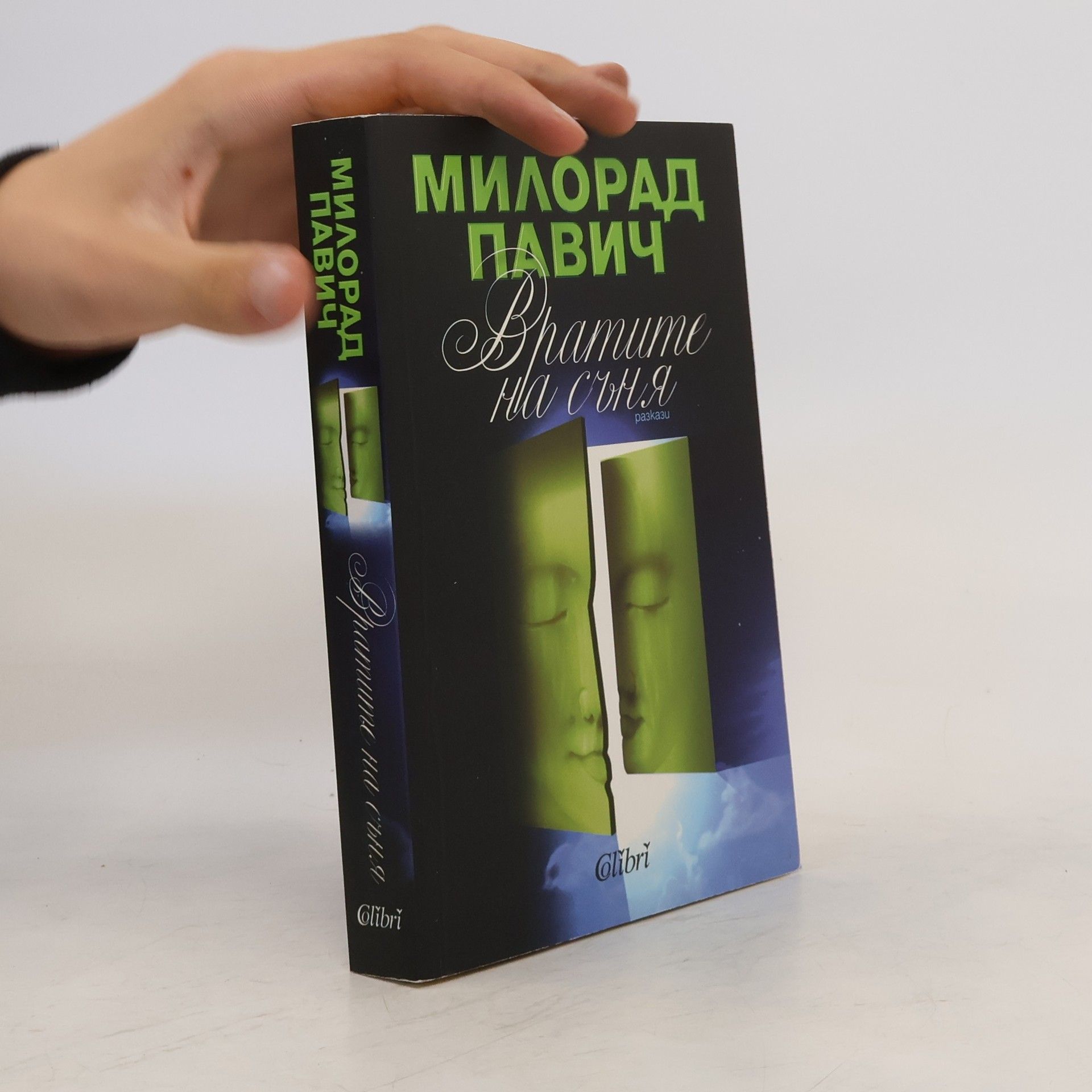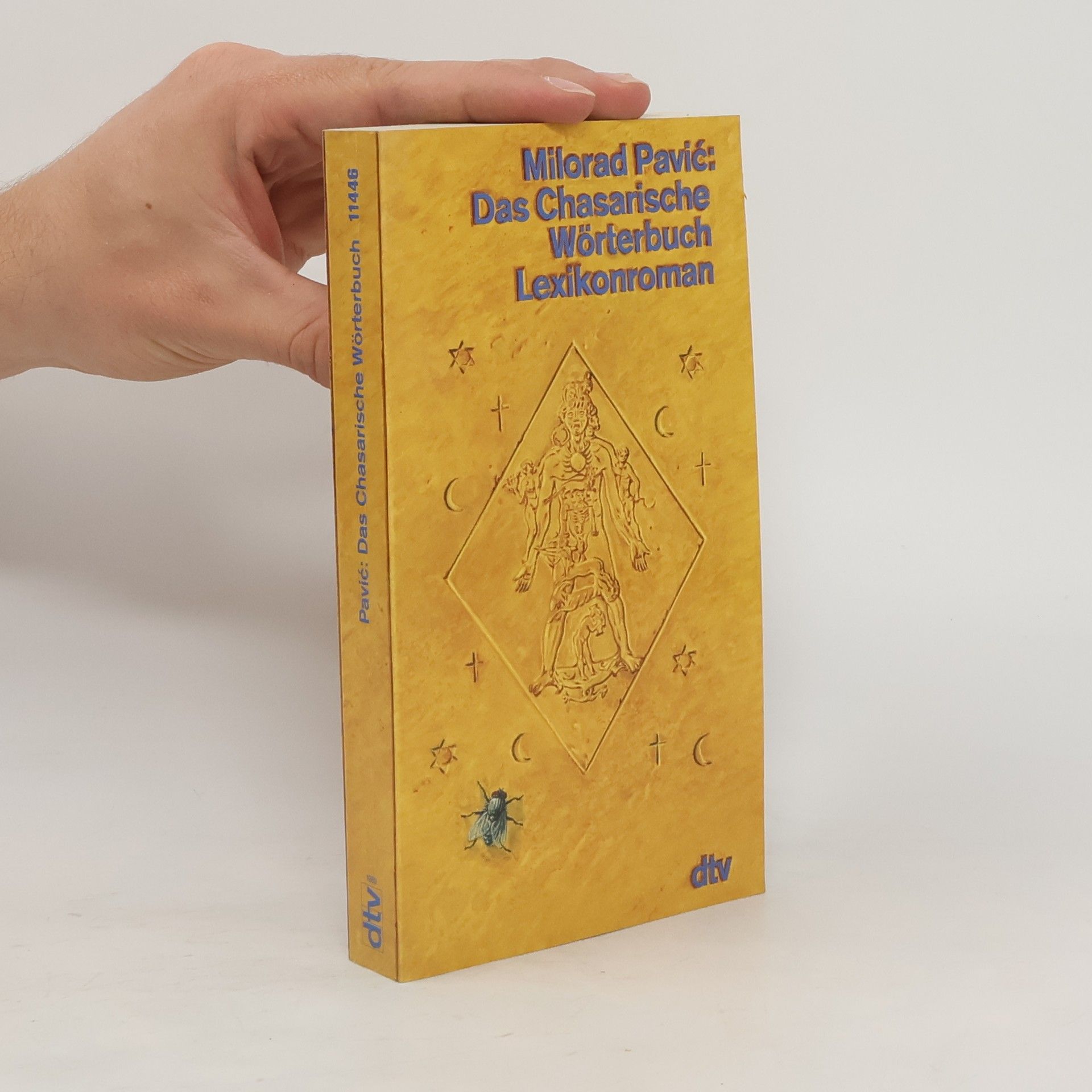Milorad Pavic, the brilliantly innovative author whose first novel, the phenomenal Dictionary of the Khazars, inspired readers to look at literature in a new and unique way, and whose second, Landscape Painted with Tea, virtually created a new set of directions by which to interpret fiction, now gives us The Inner Side of the Wind, a magically entertaining love story that spans two centuries. In his most personal and intimate work to date, Pavic parallels the myth of Hero and Leander, telling of two lovers in Belgrade, one from the turn of the eighteenth century and the other from early in the twentieth, who reach out to each other from across the gulf of time. So that the reader is afforded the opportunity to read the novel from either lover's point of view, it is approachable from either the front cover (Hero's story) or the back (Leander's). In this way, the lovers' paths converge both figuratively and physically, ultimately joining at the center of the book, no matter whose story one has chosen to explore first. In the playfully inventive manner in which it suggests new ways for language to shape human thought, The Inner Side of the Wind is everything we have come to expect from this remarkable writer: pure Pavic!
Milorad Pavić Books
Milorad Pavić was a Serbian prose writer whose works are characterized by a unique postmodern approach. In his novels, he explored the boundaries of narrative and reality, often employing metafictional techniques and non-linear structures. His writing draws readers into labyrinths of language and history, where meanings constantly shift. Pavić's literary mastery lies in his ability to create worlds that are both alien and profoundly human.

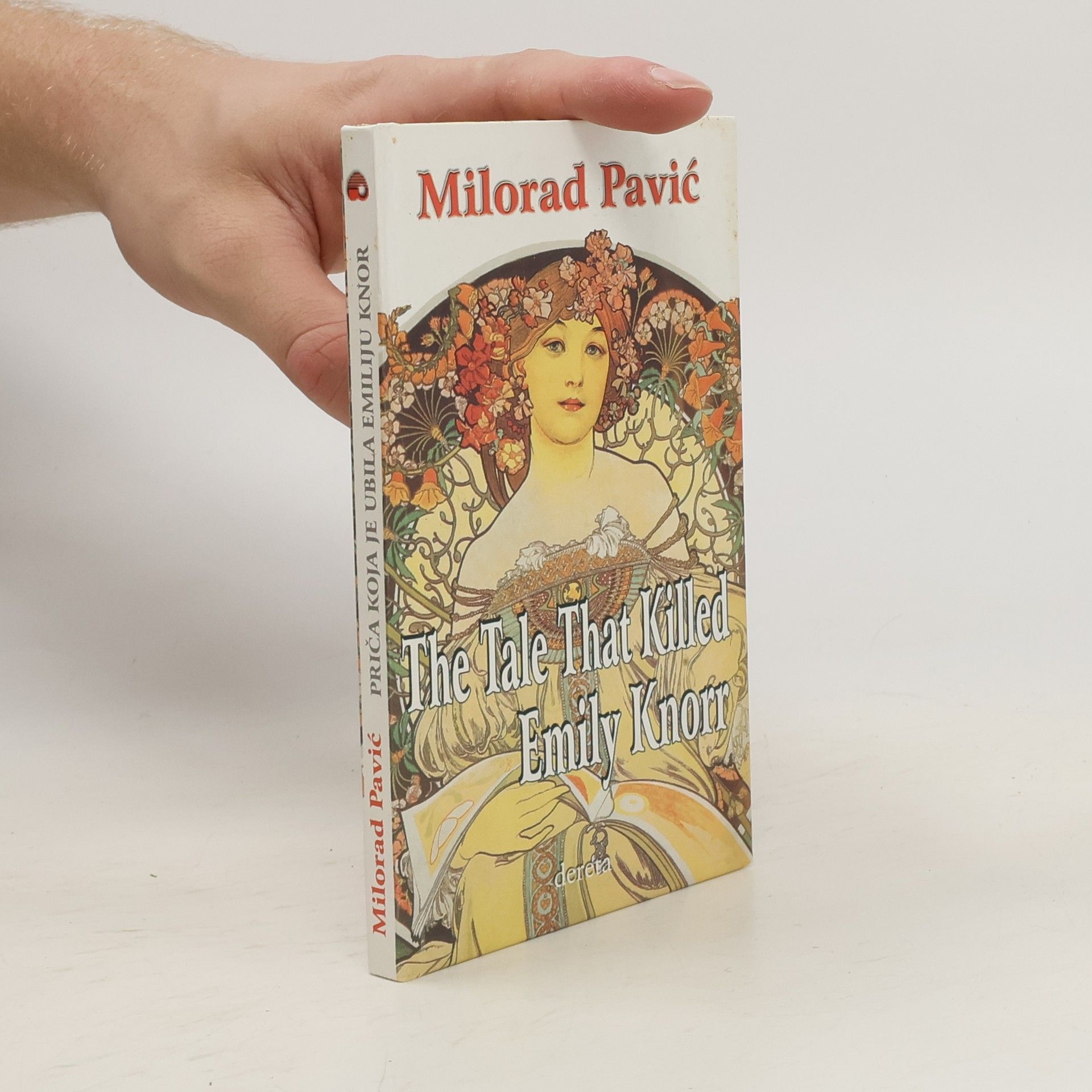
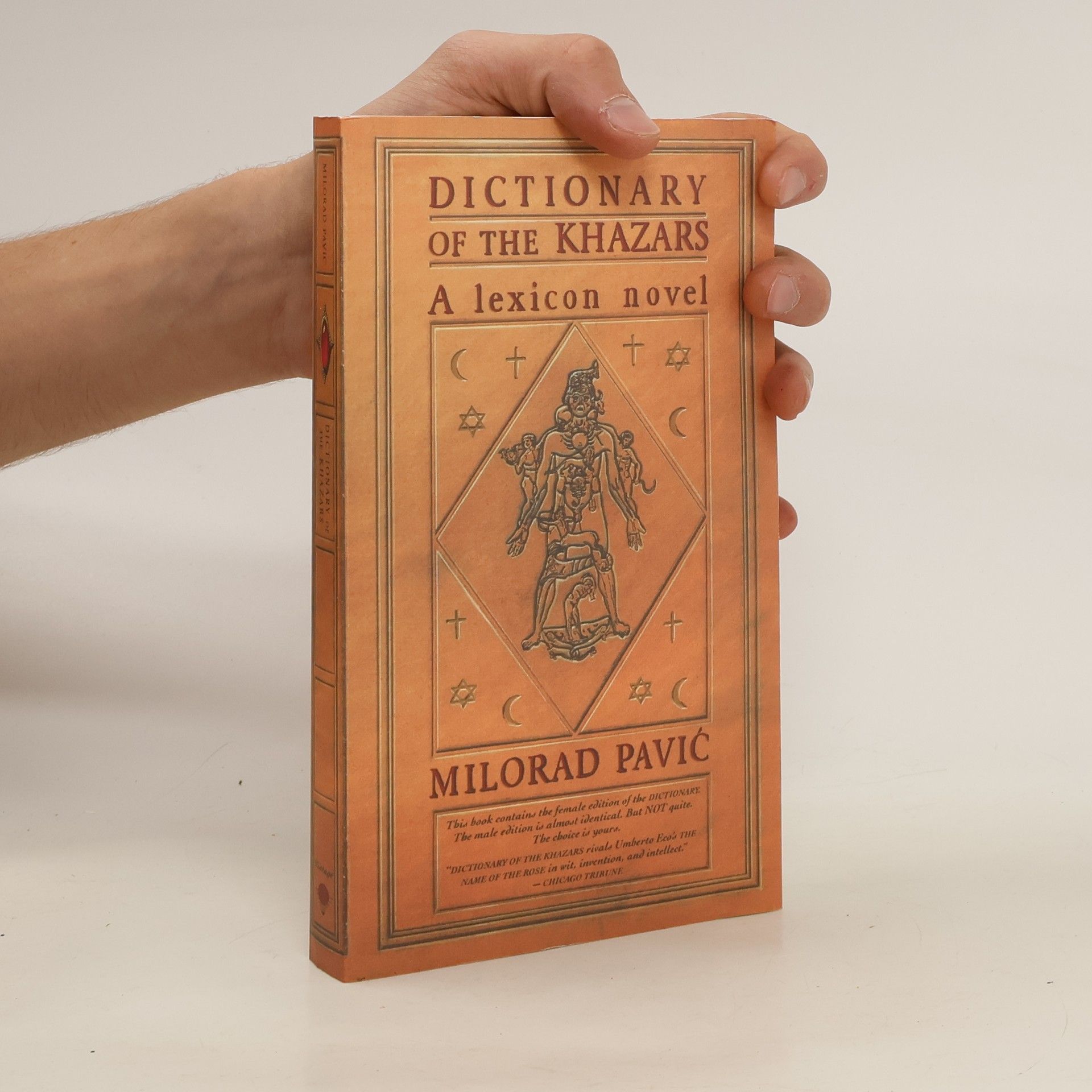
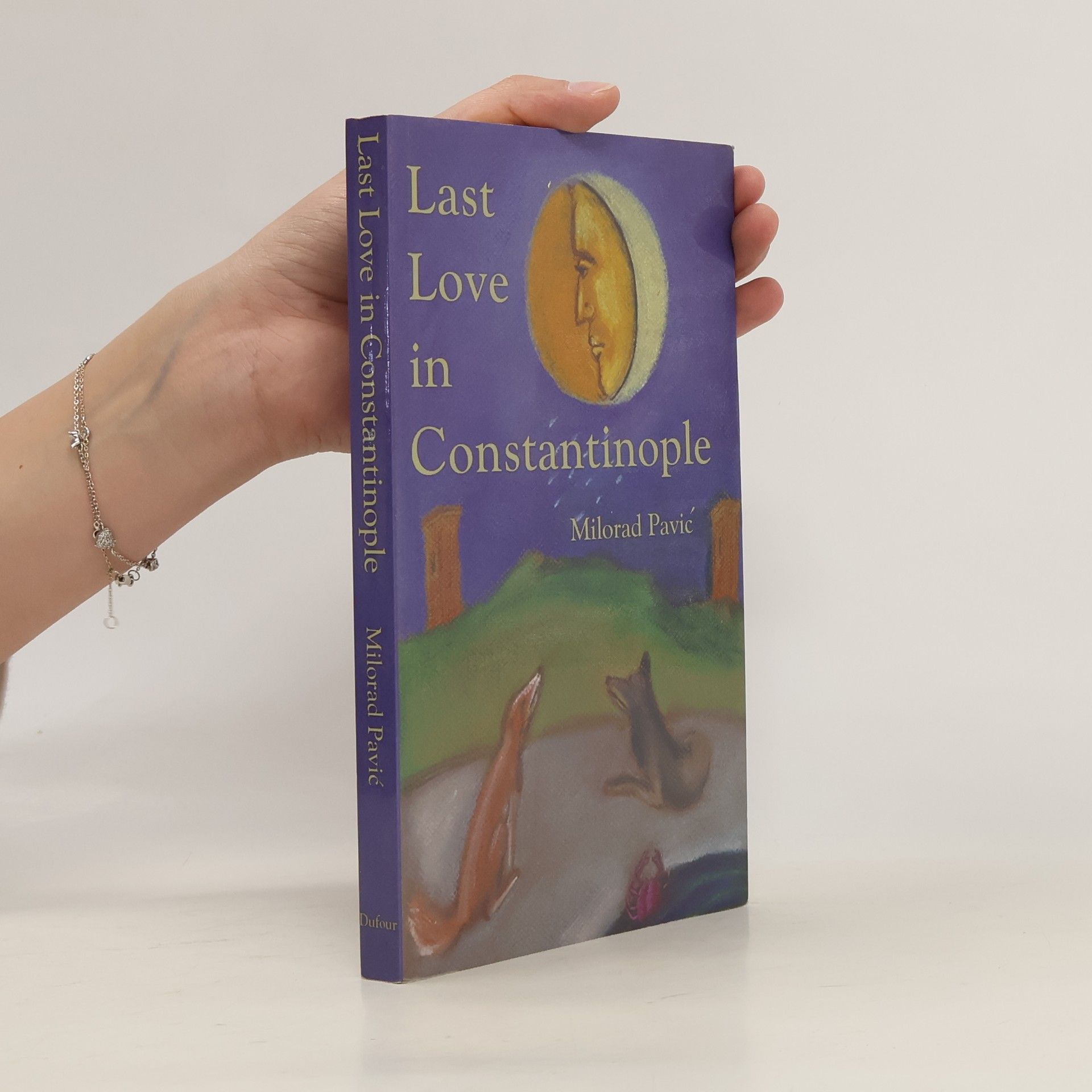


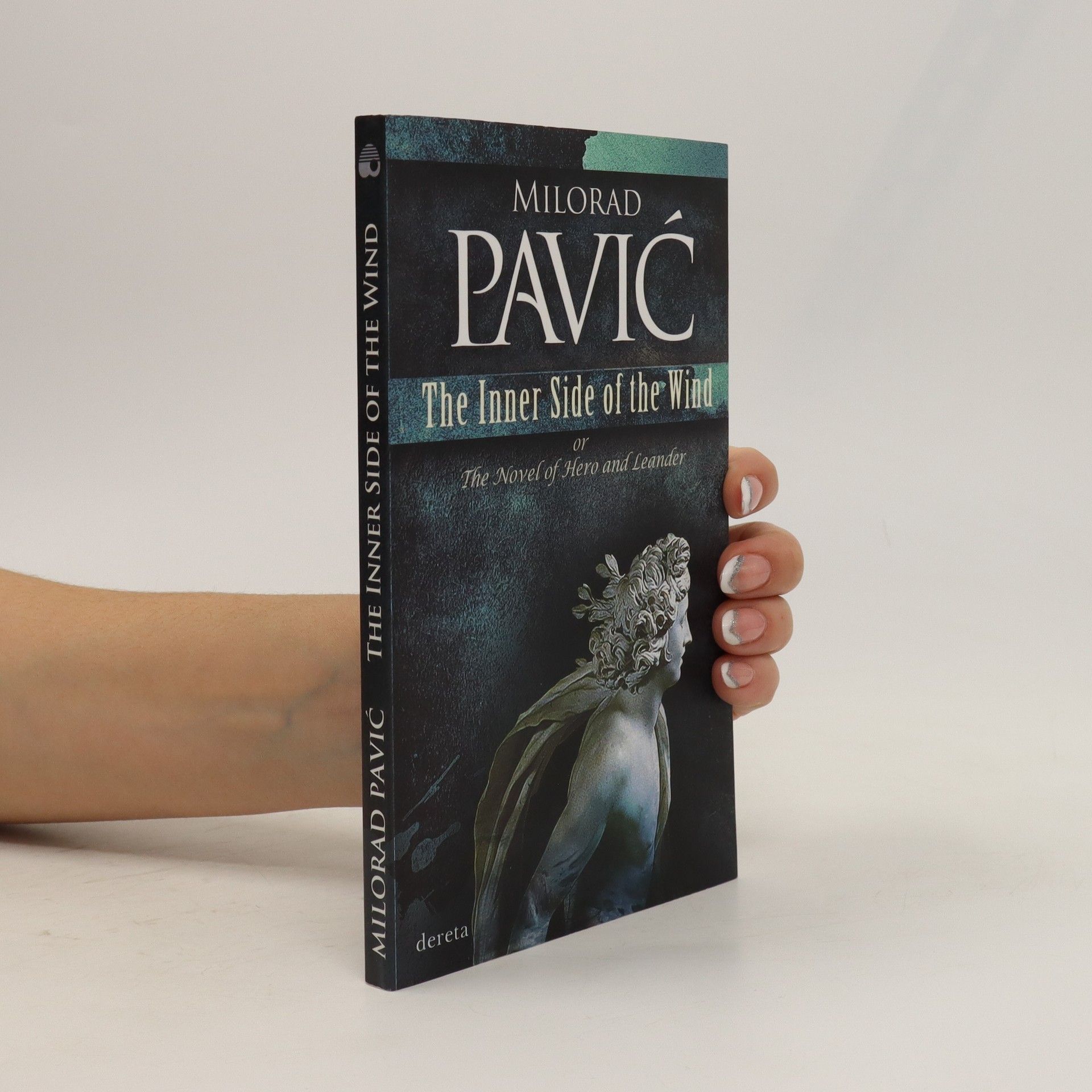
A national bestseller, Dictionary of the Khazars was cited by The New York Times Book Review as one of the best books of the year. Written in two versions, male and female (both available in Vintage International), which are identical save for seventeen crucial lines, Dictionary is the imaginary book of knowledge of the Khazars, a people who flourished somewhere beyond Transylvania between the seventh and ninth centuries. Eschewing conventional narrative and plot, this lexicon novel combines the dictionaries of the world's three major religions with entries that leap between past and future, featuring three unruly wise men, a book printed in poison ink, suicide by mirrors, a chimerical princess, a sect of priests who can infiltrate one's dreams, romances between the living and the dead, and much more.
By the author of the highly acclaimed literary bestseller Dictionary of the Khazars, this is a tale of a mysterious quest that is part modern Odyssey and part crossword puzzle. It begins with the story of a brilliant but failed architect in Belgrade and his search for his father, an officer who vanished in Greece during World War II.The truth about his fate--some of it set in motion 2,000 years ago and some of it by the Nazis--is raveled in the history and secrets of Mount Athos, the most ancient of all monasteries, perched atop its inaccessible mountain on the Aegean.
Internationally prominent Serbian writer whose novels upended the traditional relationship between reader and text.--New York Times
Dictionary of the Khazars : a lexicon novel in 100,000 words
- 338 pages
- 12 hours of reading
A national bestseller, Dictionary of the Khazars was cited by The New York Times Book Review as one of the best books of the year. Written in two versions, male and female (both available in Vintage International), which are identical save for seventeen crucial lines, Dictionary is the imaginary book of knowledge of the Khazars, a people who flourished somewhere beyond Transylvania between the seventh and ninth centuries. Eschewing conventional narrative and plot, this lexicon novel combines the dictionaries of the world's three major religions with entries that leap between past and future, featuring three unruly wise men, a book printed in poison ink, suicide by mirrors, a chimerical princess, a sect of priests who can infiltrate one's dreams, romances between the living and the dead, and much more.
Priča koja je ubila Emiliju Knor. The Tale that Killed Emily Knorr
- 50 pages
- 2 hours of reading
Is the peak of a story-teller's art a tale that can change the standing order of the world? A tale that can kill, and which, in dreamy landscapes of Milorad Pavic's prose, can be killed. Did Pavic's tales find Emily Knorr on her destiny's road as a coinicidence, a curse or a blessing, or the author just wanted to write a romanced autobiography? Prose which is at the same time a tale and a novel, a cure and a poison...Da li je vrhunac pripovedackog umeca prica koja moze da izmeni ustaljene odnose u svetu? Prica koja moze da ubije i da, u pejzazima snova proze Milorada Pavica, bude ubijena. Da li su se Emiliji Konor na sudbinskim putevima, kao kob, prokletstvo ili blagoslov, nasle price Milorada Pavica ili je pisac zeleo da samo napise romansiranu autobiografiju. Proza koja je u isto vreme i prica i roman, lek i otrov... English/Serbian edition.
Милорад Павич - сербский прозаик и поэт, один из создателей так называемой "нелинейной прозы" - прозы III тысячелетия. В том избранного вошли его самые знаменитые произведения: "Хазарский словарь", "Ящик для письменных принадлежностей", "Последняя любовь в Константинополе", "Звездная мантия" и рассказы из сборника "Страшные любовные истории".
Das chasarische Wörterbuch
Lexikonroman in 100 000 Wörtern
Der Autor dieses Buches, das die Geschichte der Chasaren, eines verschollenen Turkvolkes, zu rekonstruieren versucht, beteuert dem Leser, daß er, sollte er es zu Ende lesen, nicht zu sterben braucht wie sein Vorgänger, der Benutzer der Ausgabe aus dem Jahr 1691. Der Autor versichert vielmehr, daß den Leser trotz der Begegnung mit gefährlichen Teufeln, geheimnisvollen Traumjägern, türkischen Haudegen und vielen anderen zwielichtigen Gestalten eine höchst spannende Lektüre erwartet und eine sehr ungewöhnliche obendrein. »Nachdem der Leser dieses Buch gelesen hat, ist der Tod nicht mehr so schlimm. Es ist eh fraglich, ob er jemals noch ein auch nur annähernd so faszinierendes Buch in die Hand bekommen wird.« WELTWOCHE
"Der Roman Das Chasarische Wörterbuch gleicht einem Lexikon: Er besteht aus einzelnen Artikeln, die durch Querverweise miteinander verknüpft sind. Er handelt von einer Polemik zwischen Vertretern des jüdischen, christlichen und islamischen Glaubens. Der Verlauf wird aus allen drei Perspektiven dargestellt; das Lexikon besteht daher aus drei alphabetisch geordneten Teilen, wobei zentrale Artikel mehrfach vorhanden sind und inhaltlich oft in wesentlichen Punkten voneinander abweichen. Es bleibt dem Leser überlassen, welche der Artikel er in welcher Reihenfolge liest." via http://de.wikipedia.org/wiki/Milorad_...
